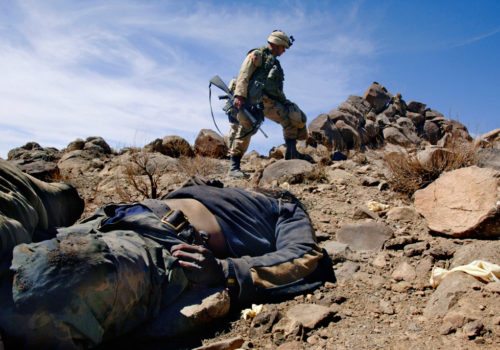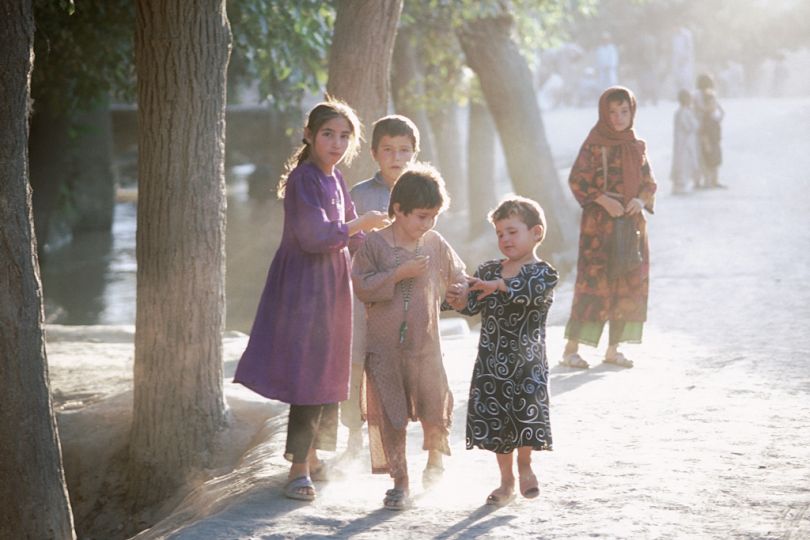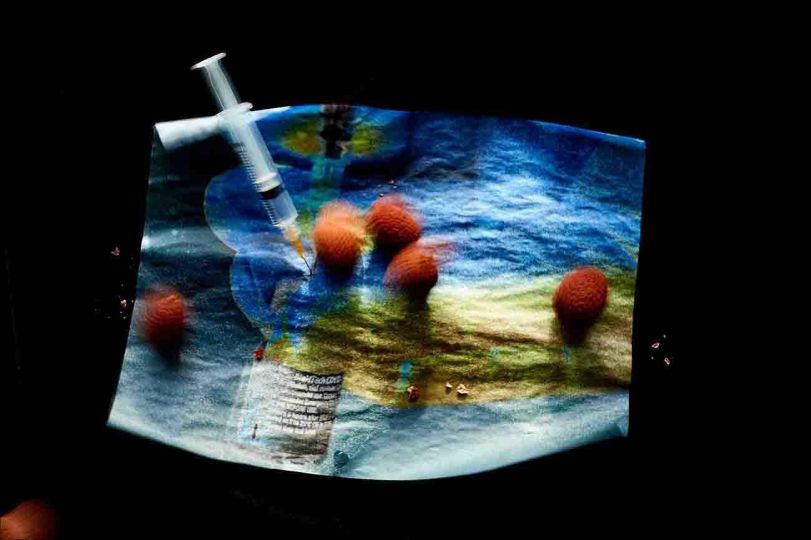In Distant War, Robert Nickelsberg and the international experts invited to contribute to the work offer a subtle analysis of the latent conflict that has devastated Afghanistan since the Soviet invasion in 1979 and whose consequences have been felt well beyond the country’s borders. In the space of 30 years, Afghanistan has become the center of a complex network that international negligence has allowed to take root, exporting and importing conflicts in a spiral of violence and social devastation.
Jon Lee Anderson makes reference to the “distant war” in the preface of the book, while Ahmad Nader Nadery speaks in harsher tones: “The people guilty of inflicting suffering have enjoyed immunity from justice. The international community quietly watched the suffering of Afghans, especially women and children, at the hands of regional proxy groups in a regional proxy war. The process gave birth to Al Qaeda, which enjoyed safe haven for almost a decade.”

















